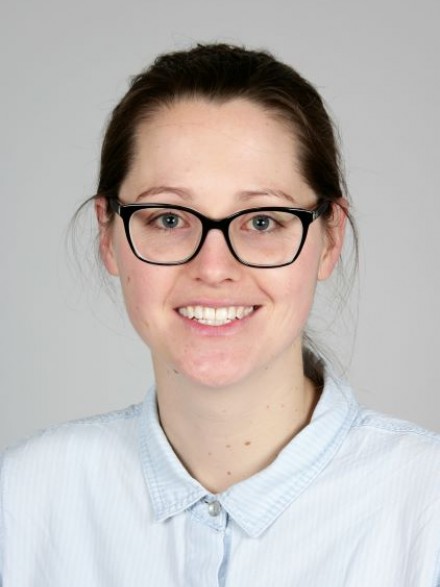Dr Annie Colebatch

Contacts
Annie completed her undergraduate degree and PhD at the Australian National University. She received an Endeavour Research Fellowship to work at the University of Bath (2015), followed by postdoctoral appointments at the University of Oxford (2015-2017) and the University of Cambridge (2017-2019). She returned to the ANU in 2019 as a Rita Cornforth Fellow to establish her independent research on the design of transition metal catalysts.
Research interests
Our research interests span inorganic chemistry, synthesis, catalysis, supramolecular chemistry and electrochemistry. The main focus across these areas is looking at the way multiple chemical entities can “cooperate” to achieve a particular chemical outcome and designing systems capable of utilising these cooperative effects. Our team are developing bimetallic complexes and investigating the interplay of the two metals on the chemical and catalytic reactivity as well as physical properties such as electrochemical and photochemical properties. A key focus of the group’s work is ligand design to support such systems where multiple metal centres can bind and interact. The long term aim of our work is to develop catalysts to address challenges in sustainability.
Visit the group website for more information https://colebatchlab.com/.
Groups
- Researcher, Energy storage and recovery
- Researcher, Hydrogen economy







